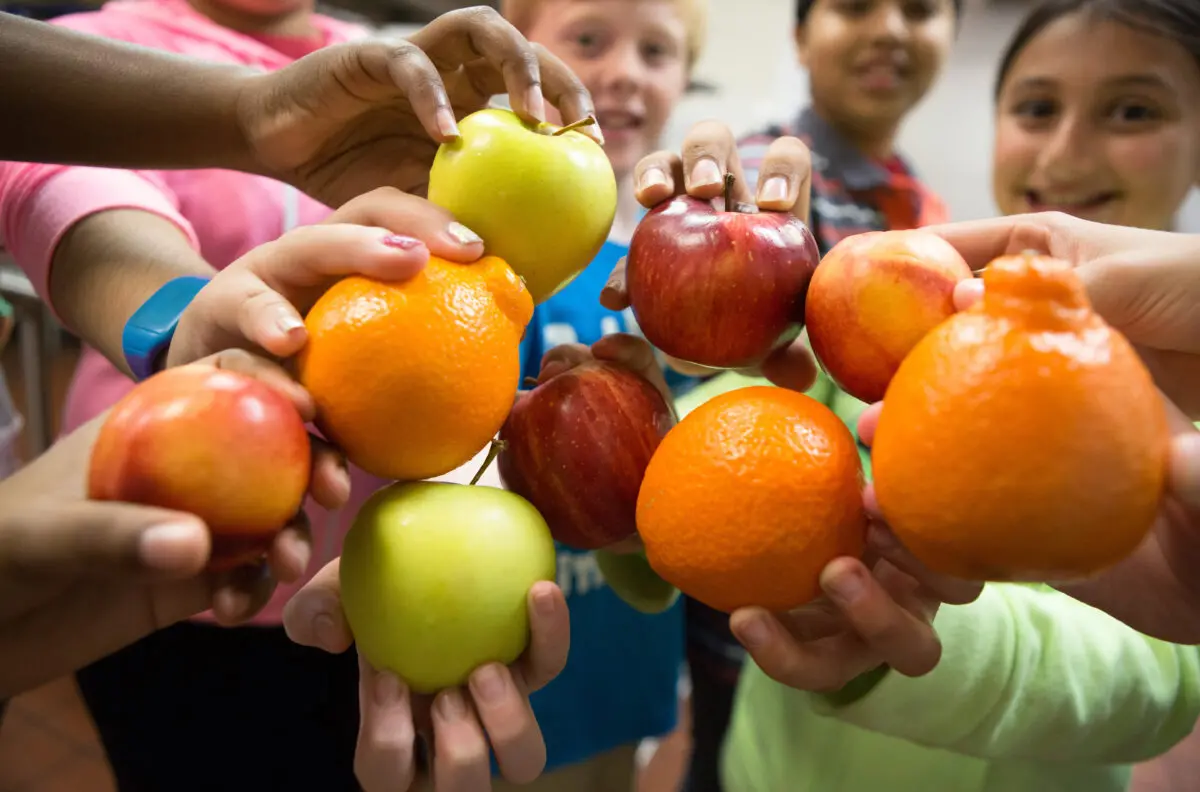For every child to have a fun-filled summer, they need nutritious food to keep them healthy and energized. That’s where the Pandemic Electronic Benefit Transfer (P-EBT) comes in—it’s one program schools and communities can use to ensure that eligible children receive nutrition benefits all summer long.
For the past two summers, P-EBT benefits have helped to improve food security for millions of kids. But beginning this summer, changes are coming to the program that will impact food access for families across the country.
In this blog, Crystal FitzSimons, director of School and Out-of-School Time Programs for the Food Research & Action Center (FRAC), shares her perspective on the importance of P-EBT, how it will be changing this year, what that means for kids and families, and the policy solutions we could explore to improve nutrition outcomes for everyone.


